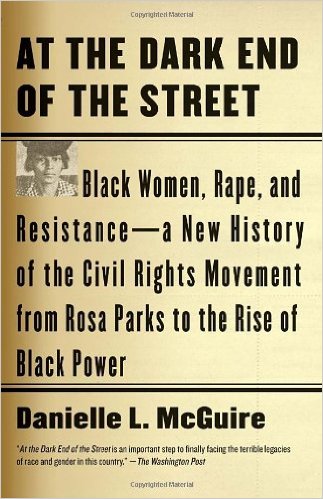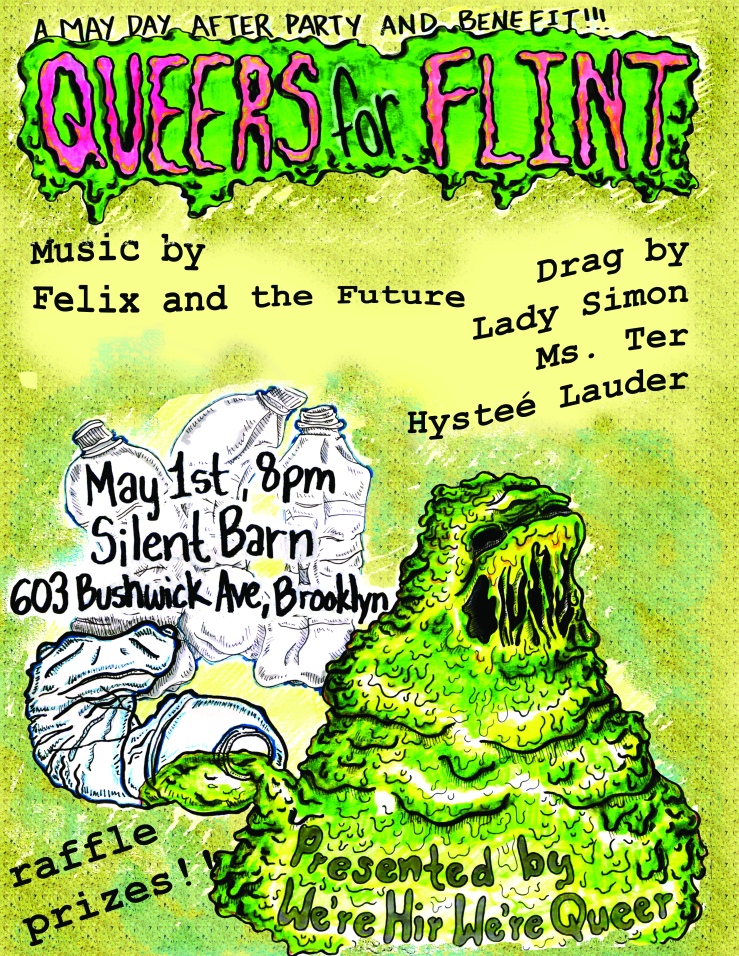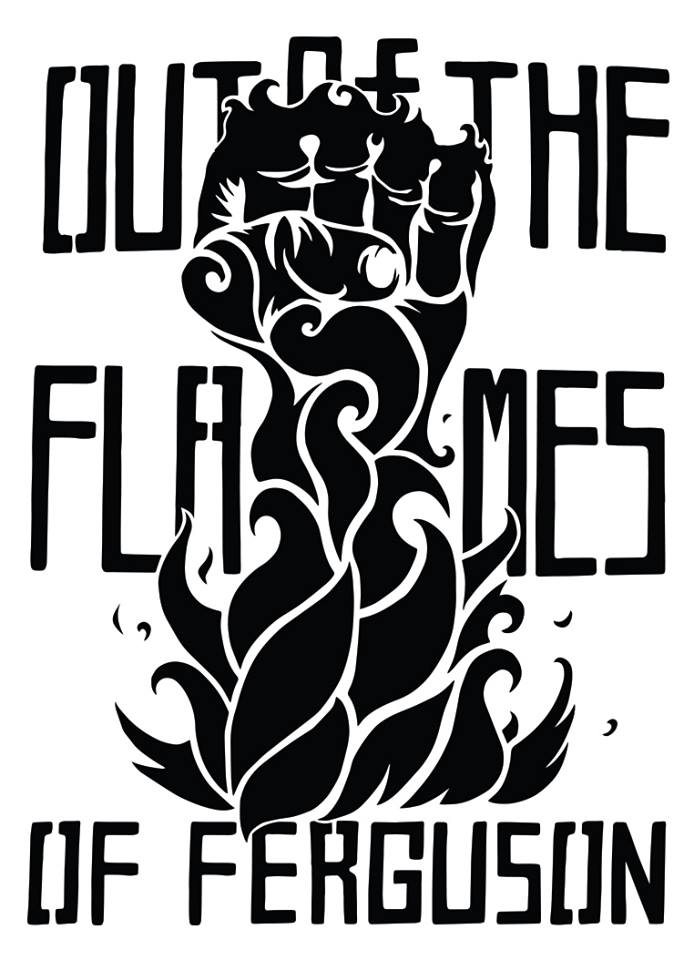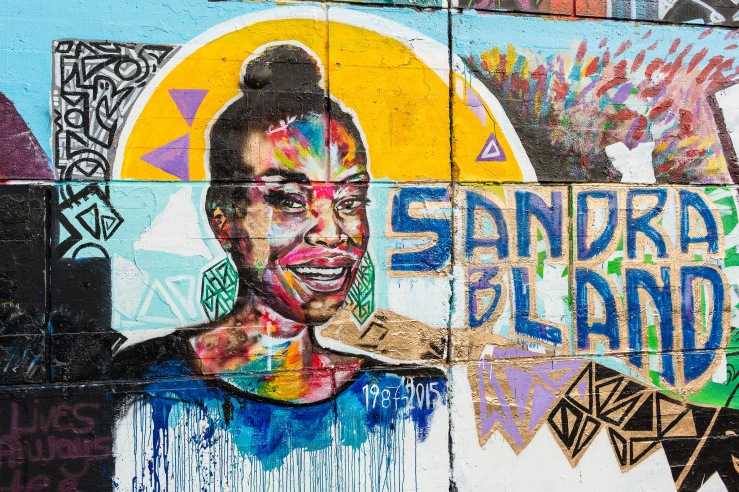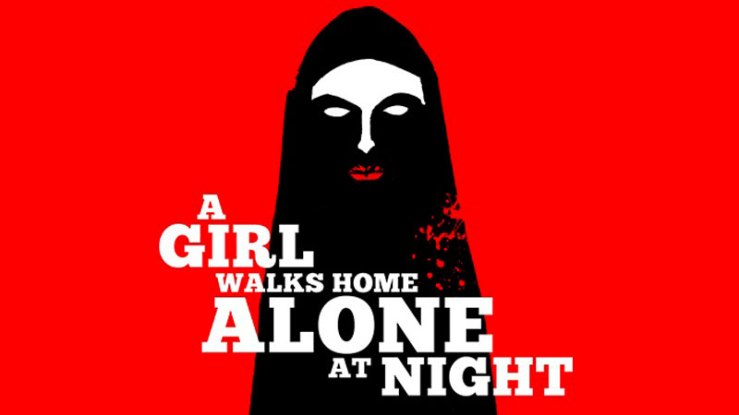All of these reviews will *spoil* the endings so please read with caution.
by Eve Mitchell
Moonlight.
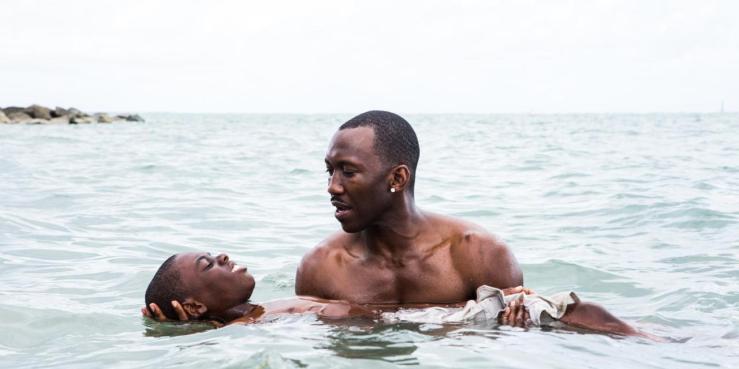
Everyone is raving about Moonlight, winner of best drama motion picture at last week’s Golden Globes, and many are pointing to the sheer visibility of queer black love as a groundbreaking aspect of the film. The film contains many deep allegorical planes and deserves to be discovered over and over again. The story follows Chiron’s life in three parts, and at three stages as a child, an adolescent and an adult. It explores: his relationship to his mother (and her escalating crack addiction); his mentorship under a friendly older “father figure” type, Juan, and unconditional care from Juan’s partner Teresa; and his contradictory unfolding ownership of his sexuality via encounters with his childhood friend, Kevin.
A reviewer for the Atlantic called Moonlight “bright and often colorful, even at its most dilapidated.” I agree. Anyone who has lived or grown up in working class neighborhoods, and black neighborhoods in particular, knows that there is a latent beauty within. Moonlight captures this on multiple levels. The latent beauty of South (palm trees and oceans next to Easter egg buildings), working class black neighborhoods (always on the cutting edge of fashion, music and life living in general), deindustrialized and dilapidated wastelands (flat and contrasting boarded up apartments and businesses, grimy streets speckled with litter, overgrown stretches of browning fields). The harshly fluid, vibrant world around Chiron pleasingly contrasts with his (and Juan’s) silent calm and calculated emotional expressions.
The story embodies a potential unity of the universal and particular––free humanity and black-queerness. On the one hand is the potential for racial and gender liberation––”in the moonlight, black boys look blue,” says Juan, which is actually the title of the story in its original theatrical play form. In the moonlight, a dreamy purgatory state, blackness takes on another meaning. Juan teaches Chiron to swim. Suspended in water, floating in nothingness, a new shape is able to form, a universal being. Similarly, the almost complete absence of white people intentionally removes an “Othering” element, leaving open the potential universal human experience that comes necessarily from within the lived experience of oppressed and exploited people. On the other hand, the film pays close attention to the particular and realistic tragedy of queer-blackness. The filmmaker takes up this question with the same tact as the filmmaker of last year’s favorite, Tangerine: tragedy is an inevitability of living as a black queer person in the world today and it must be confronted head-on. However, both films end on a note of inner beauty, hope and a sense of community. Tragedy in identity doesn’t necessarily mean singularity and loneliness.

